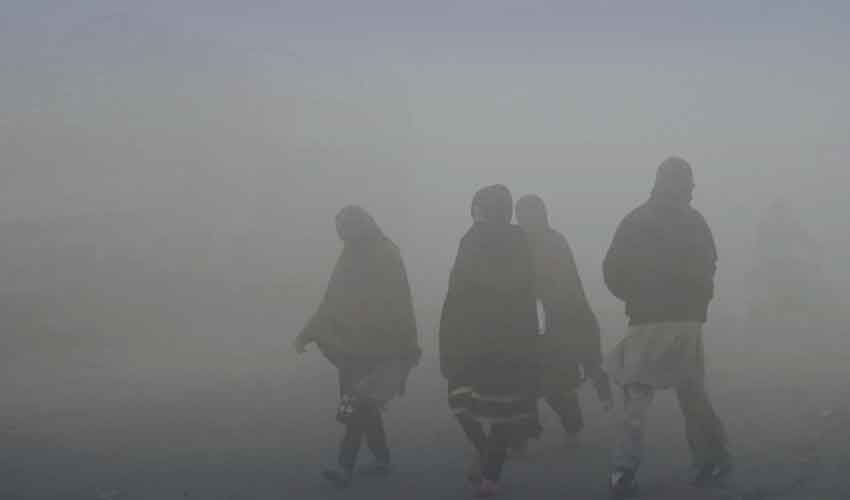Global rating agency Moody's has released a comprehensive report on Pakistan's economy, emphasizing the potential improvements in funding prospects with the new International Monetary Fund (IMF) program.
According to Moody's, the new IMF program will provide Pakistan with credible sources of financing, helping to secure funds from other bilateral countries and international financial institutions.
However, the report also underscores several significant challenges facing the Pakistani economy. Moody's anticipates that social tensions are likely to rise due to ongoing inflationary pressures. The imposition of higher taxes and potential future adjustments to energy rates could further strain economic reforms.
It said the lack of a strong electoral mandate to consistently implement difficult reforms poses additional risks to the country's economic stability. Moody's highlights that Pakistan's external financing needs for the current fiscal year amount to approximately $21 billion, with a projected requirement of around $23 billion for the 2026-27 fiscal year.
Moody's says Pakistan's foreign exchange reserves, currently standing at $9.4 billion, fall significantly short of these requirements, with the country's external position still fragile. The report stresses that the high external financing needs over the next three to five years will make it challenging to implement effective policies.
Moody's also points to weak governance and elevated social tensions as factors that could hinder the government's ability to push through necessary reforms. The report suggests that these issues could impact the overall effectiveness of economic policies and the stability of Pakistan's financial situation.
Despite the challenges, Moody's acknowledges that the new IMF program offers a potential pathway to improved funding possibilities, providing a much-needed boost to Pakistan's economy. The support from international financial institutions and bilateral countries, facilitated by the IMF program, could help stabilize the economic situation and address some of the immediate external financing needs.

























